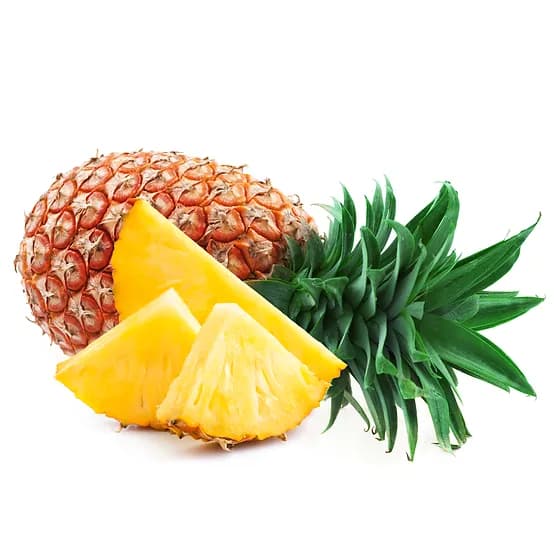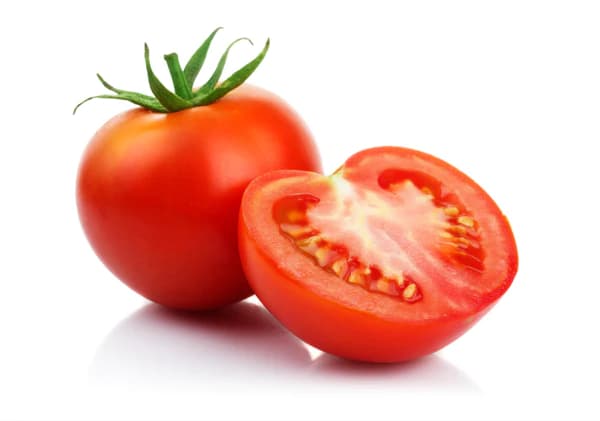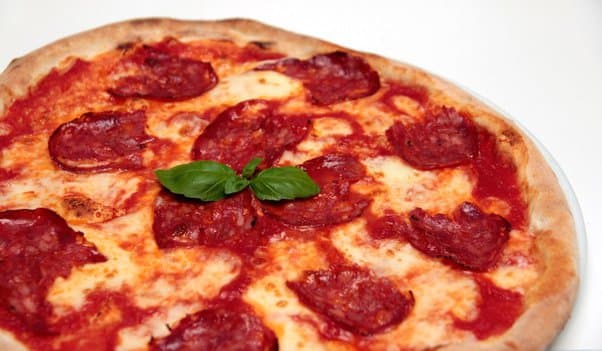Banana vs. Currywurst
Banana
Behold, the atheists' nightmare. Now if you study a well-made banana, you'll find, on the far side, there are 3 ridges. On the close side, two ridges. If you get your hand ready to grip a banana, you'll find on the far side there are three grooves, on the close side, two grooves. The banana and the hand are perfectly made, one for the other. You'll find the maker of the banana, Almighty God, has made it with a non-slip surface. It has outward indicators of inward contents - green, too early - yellow, just right - black, too late. Now if you go to the top of the banana, you'll find, as with the soda can makers have placed a tab at the top, so God has placed a tab at the top. When you pull the tab, the contents don't squirt in your face. You'll find a wrapper which is biodegradable, has perforations. Notice how gracefully it sits over the human hand. Notice it has a point at the top for ease of entry. It's just the right shape for the human mouth. It's chewy, easy to digest and its even...
Currywurst
Currywurst is a German street food made of a pork sausage, usually a bratwurst, that's grilled or fried, then sliced into bite-sized pieces. It's topped with a curry-flavored ketchup sauce—basically a mix of ketchup, curry powder, and sometimes extra spices like paprika. It’s often served with fries or a bread roll to mop up the sauce. It was first made in Berlin in 1949 by a woman named Herta Heuwer, who got ketchup and curry powder from British soldiers after World War II. She mixed them up, poured it over some sausage, and started selling it at a street stand. It caught on fast, especially with construction workers rebuilding the city. Today, you can find currywurst all over Germany, but Berlin is still its unofficial home. There used to be a whole museum dedicated to it, which shows how much people love the stuff. You usually get it on a paper plate with a tiny wooden fork, and everyone has their preference—some like more curry powder on top, others a spicier sauce. Volkswagen ev...
Reviews
Reviews
Reviewed on 2/23/2025
| Item | Votes | Upvote |
|---|---|---|
| Definitive proof of Intelligent Design | 1 |
| Item | Votes | Upvote |
|---|---|---|
| Phallic | 1 |
| Item | Votes | Upvote |
|---|---|---|
| No pros yet, would you like to add one? | ||
| Item | Votes | Upvote |
|---|---|---|
| No cons yet, would you like to add one? | ||
Frequently Asked Questions
A banana is a healthy, portable snack that is easy to digest and provides quick energy, making it an excellent choice for those looking for a nutritious option. It also has the added benefit of being biodegradable and comes with natural indicators of ripeness. In contrast, currywurst is a hearty street food that is filling and satisfying but is higher in calories and less nutritious due to its processed ingredients. Therefore, if you're looking for a quick, healthy snack, a banana is the better option, while currywurst is more suitable for a filling meal.
Currywurst offers a range of flavor profiles due to its curry-flavored ketchup and the ability to customize the spice level, making it a versatile dish that can cater to different taste preferences. In contrast, a banana has a more uniform flavor that is sweet and mild. If you are looking for a snack with more flavor variety and customization options, currywurst would be the better choice.
A banana is highly convenient to eat on the go as it comes in its own natural wrapper and requires no utensils, making it easy to consume anywhere. Currywurst, while also a street food, typically requires a paper plate and a fork, which can make it messier and less convenient for on-the-go eating. Therefore, for convenience, a banana is the superior choice.
Yes, a banana is more environmentally friendly as it comes in a biodegradable wrapper and has a minimal carbon footprint compared to currywurst, which involves processing meat and packaging. The production of meat generally has a higher environmental impact, making the banana a more sustainable snack option.
Pros of bananas include being seen by some as definitive proof of Intelligent Design. Cons include the fact that some people find their shape phallic.
Bananas are unique because they have a non-slip surface, outward indicators of inward contents (green for too early, yellow for just right, and black for too late), and a biodegradable wrapper with perforations. They are also shaped to fit the human hand and mouth perfectly, making them easy to eat and digest.
The design argument for bananas suggests that their specific features, such as the ridges and grooves that fit perfectly into the human hand, the non-slip surface, and the color indicators for ripeness, are evidence of Intelligent Design by a creator.
Currywurst is a popular German street food made from a pork sausage, typically a bratwurst, that is grilled or fried and then sliced into bite-sized pieces. It is topped with a curry-flavored ketchup sauce, which is a mix of ketchup, curry powder, and sometimes additional spices like paprika. Currywurst is often served with fries or a bread roll to soak up the sauce.
Currywurst was first created in Berlin in 1949 by Herta Heuwer. She obtained ketchup and curry powder from British soldiers after World War II, mixed them together, and poured the sauce over sausage, which she then sold at a street stand. The dish quickly gained popularity, especially among construction workers in the city.
While Currywurst can be found all over Germany, Berlin is considered its unofficial home. Many street vendors and eateries in Berlin serve their own versions of Currywurst, each with unique twists on the sauce and preparation. It's a good idea to try different places to find your favorite.
Currywurst is typically served with fries or a bread roll, which are perfect for mopping up the delicious curry-flavored ketchup sauce. Some vendors may also offer additional toppings or variations, such as extra curry powder or a spicier sauce.
Currywurst holds a special place in German culture, particularly in Berlin, where it originated. It symbolizes post-war recovery and the blending of cultures, as it was created using ingredients from British soldiers. There was even a museum dedicated to Currywurst, highlighting its popularity and significance in German street food culture.
Related Content & Alternatives
- 2
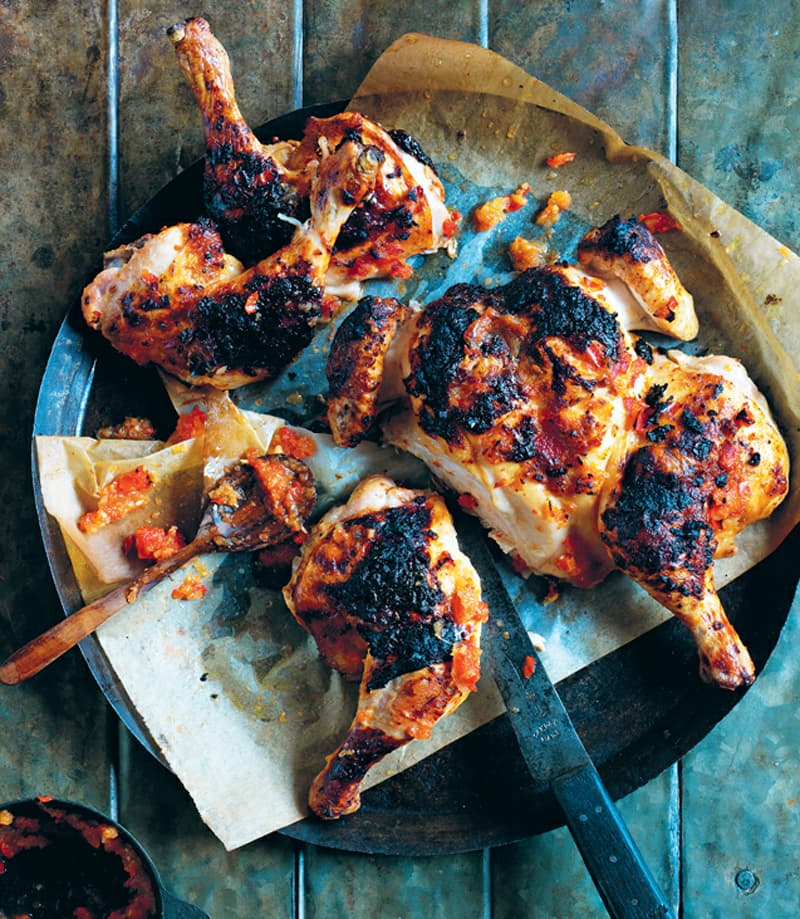 2.Piri Piri Roast Chicken
2.Piri Piri Roast ChickenPiri Piri roast chicken is arguably the best dish for those who cherish bold flavours and succulent meat. The dish’s main draw is the Piri Piri sauce—a fiery blend of chilli peppers, garlic, lemon, and herbs that hails from Portuguese cuisine but is infused with African influence, giving it a tantalizing kick. The chicken is marinated in this spicy sauce, allowing the robust flavours to penetrate deeply and ensuring every bite is infused with spice and zest. Roasted to perfection, the skin becomes crispy and golden, while the meat inside remains tender and juicy. This delightful contrast in textures, combined with the heat from the Piri Piri sauce, offers a sensory experience that is both satisfying and exhilarating. The dish’s simplicity, requiring few ingredients but delivering complex flavour profiles, makes Piri Piri roast chicken not just a meal but an experience—one that celebrates the harmony of heat, spice, and expert culinary technique.
- 1
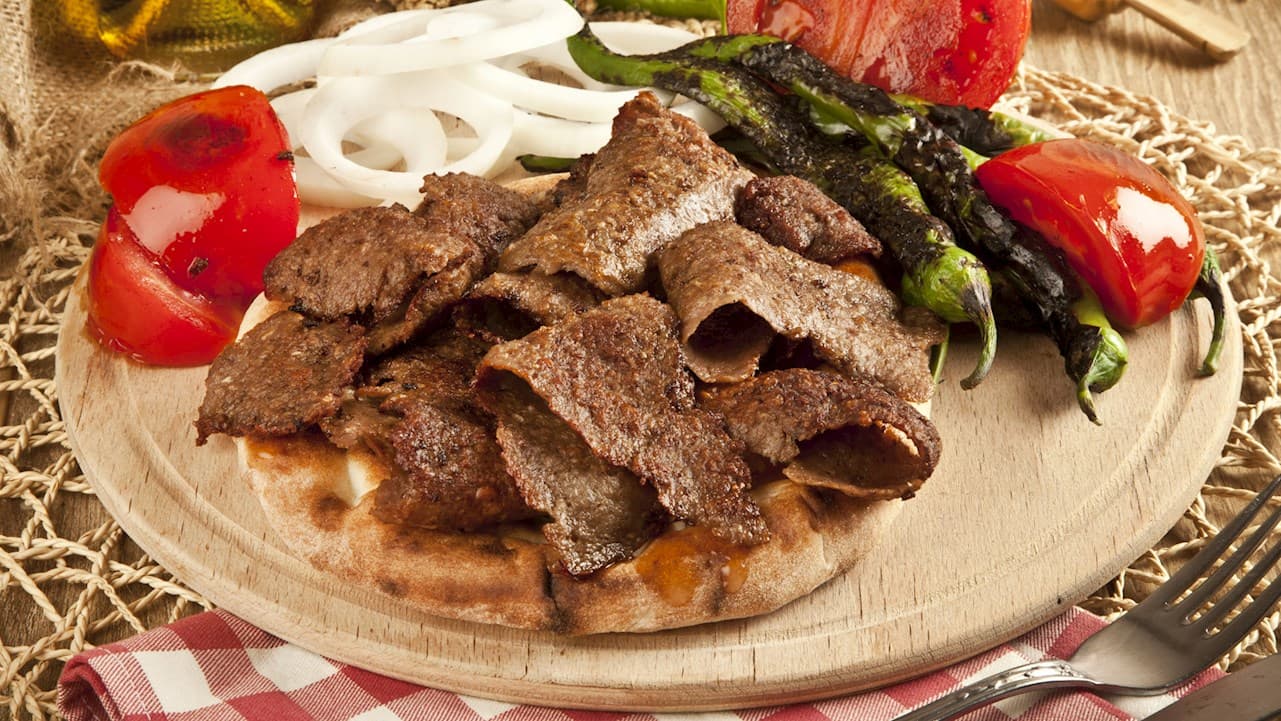 3.Doner Kebab
3.Doner KebabDoner Kebab, with its perfectly spiced, succulent slices of meat crisped to perfection, nestled in fresh, fluffy bread, and complemented by an array of vibrant, tangy sauces and fresh vegetables, offers an unrivaled symphony of flavors. This culinary masterpiece marries the art of seasoning and grilling, making each bite an unforgettable taste sensation that dances across the palate. Its universal appeal lies not just in its deliciousness, but in its ability to bring together the best of global flavors, making it a top contender for the best-tasting dish in the world.
- 0
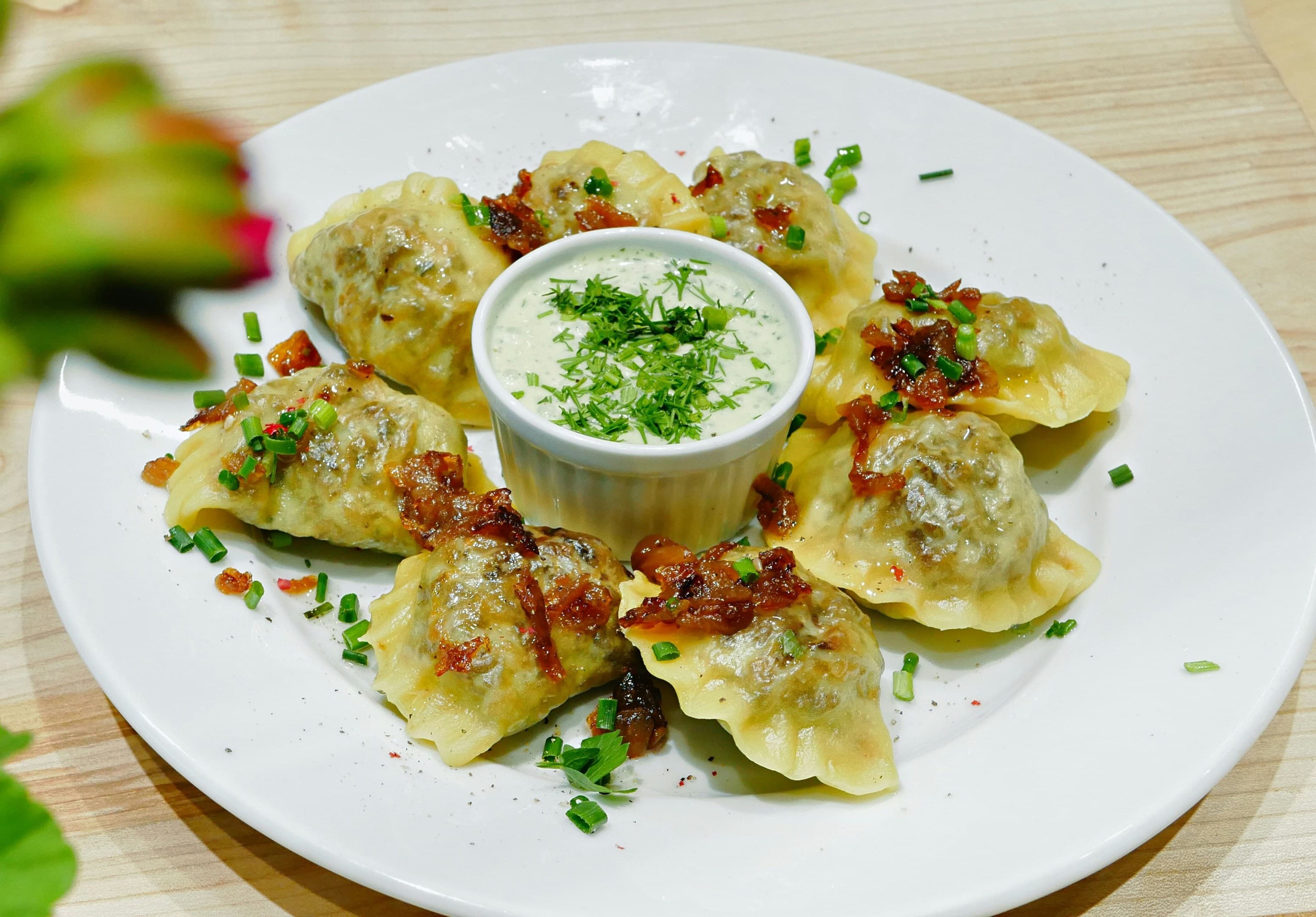 4.Pierogi Ruskie
4.Pierogi RuskieThe quintessential Polish dish. Made with white cheese, potatoes, salt, pepper, and onions. Topped with sour cream and bacon. Yum!
- 3
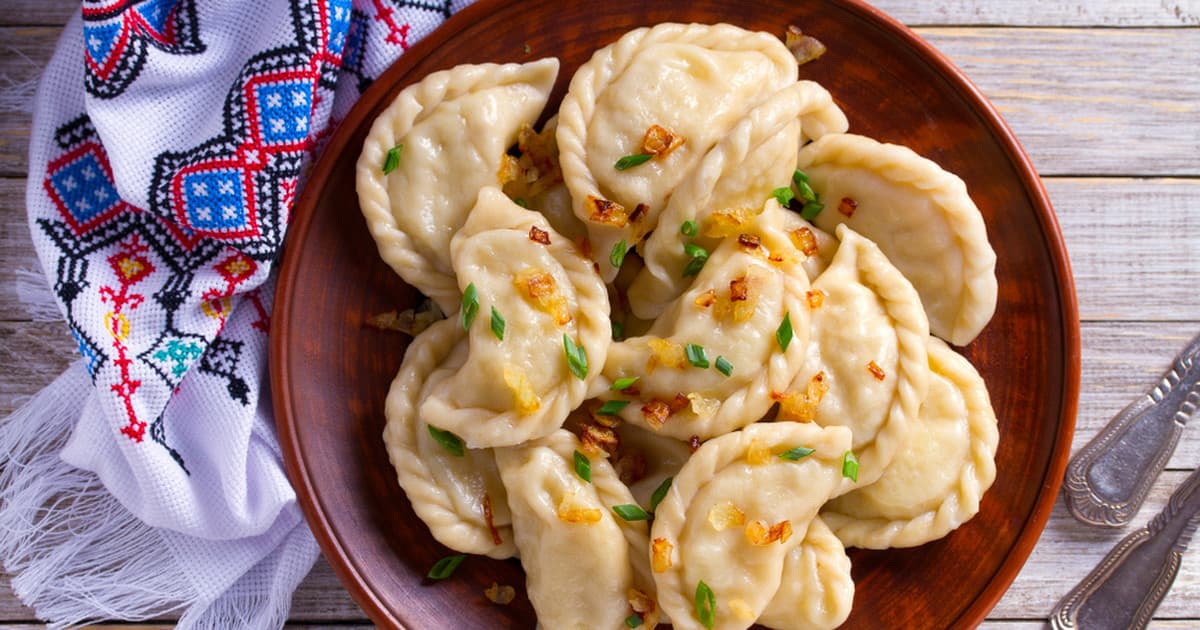 1.Polish Cuisine
1.Polish CuisinePolish cuisine is all about comfort, rich flavors, and tradition. It’s the kind of food that sticks to your ribs, perfect for long winters and big family gatherings. Think hearty soups, meat-heavy dishes, and a lot of potatoes, cabbage, and bread. Pierogi are probably the most famous Polish dish—soft dumplings filled with anything from potato and cheese to meat, mushrooms, or sweet fruits. Then there’s bigos, a slow-cooked hunter’s stew packed with sauerkraut, fresh cabbage, sausage, and sometimes even wild game. It’s the kind of dish that gets better the longer it sits. If you like schnitzel, you’ll love kotlet schabowy, a breaded pork cutlet usually served with mashed potatoes and pickled cucumber salad. And for something truly Polish, there’s żurek—a sour rye soup with sausage and egg, often served in a bread bowl. Poland is also big on fermented foods like ogórki kiszone (pickled cucumbers) and kapusta kiszona (sauerkraut), which add a tangy kick to meals. And if you have a sweet tooth, Polish desserts won’t disappoint—pączki (fluffy doughnuts filled with rose jam), sernik (a dense cheesecake), and makowiec (a poppy seed roll) are just the start. To wash it all down? Vodka, of course. Poland has been perfecting it for centuries. But if you prefer something milder, there’s always hot tea with lemon or kompot, a homemade fruit drink. Polish food is all about big portions, simple ingredients, and bold flavors. It’s the kind of cooking that makes you feel at home, no matter where you’re from.
- 3
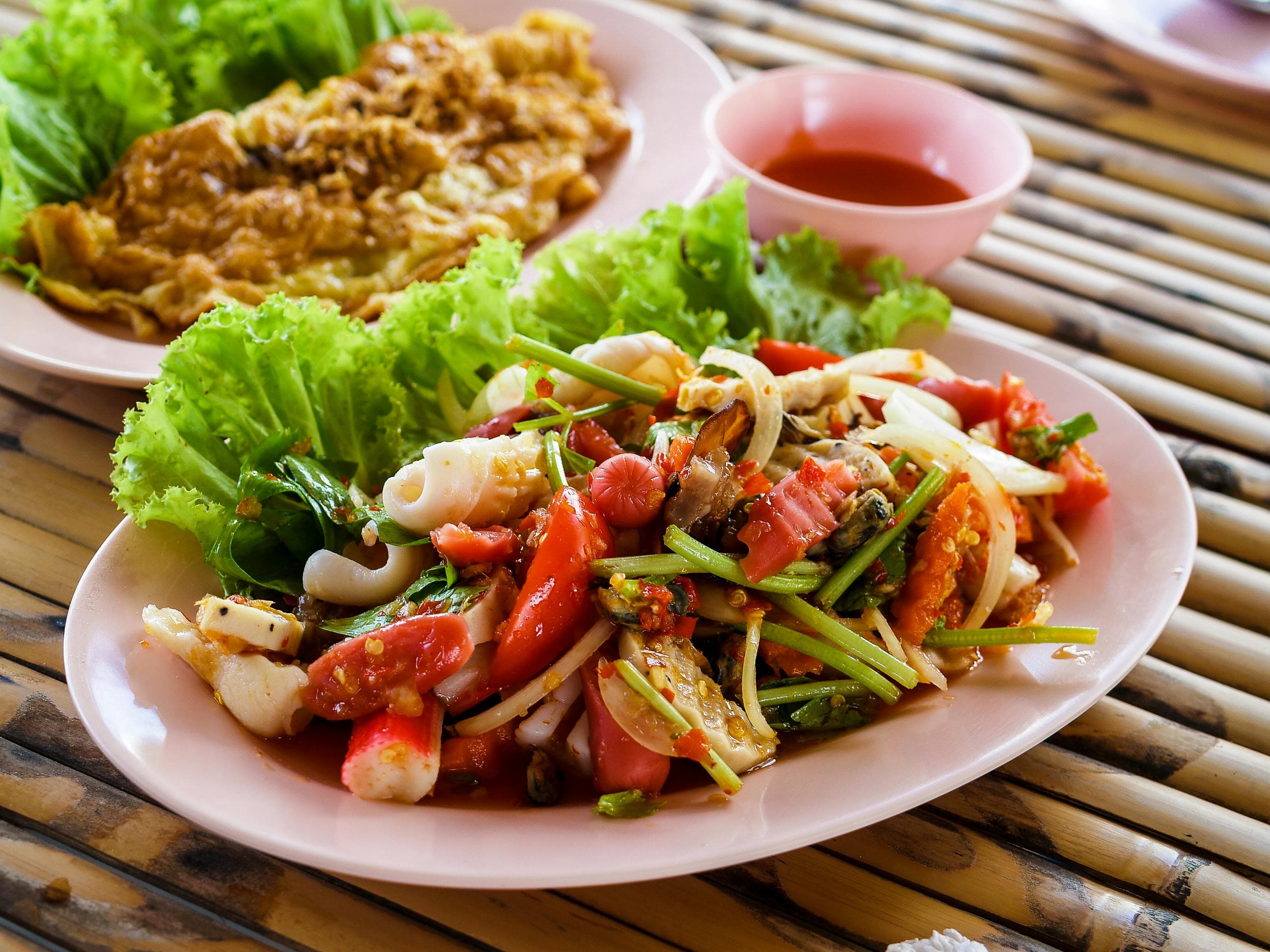 2.Thai Cuisine
2.Thai CuisineThai cuisine is all about bold flavors, fresh ingredients, and a balance of sweet, sour, salty, bitter, and spicy tastes. Every meal feels like a mix of contrasts that somehow just works. You’ve got fragrant herbs like lemongrass, Thai basil, and kaffir lime leaves, paired with staples like fish sauce, chili, and coconut milk. Rice is at the heart of it all—jasmine rice is common in central and southern Thailand, while sticky rice rules up north and in the northeast. Meals are usually shared. There’ll be a spread of dishes—maybe a curry, a stir-fry, a soup, and a salad—all eaten with rice in the middle. The idea is to balance flavors across the meal rather than in just one dish. You might get the rich creaminess of massaman curry alongside the sharp, spicy crunch of som tam (green papaya salad) and the comforting warmth of a clear broth like tom yum. Street food is a huge part of everyday life. Walk down any road and you’ll find vendors grilling skewers of marinated meat, tossing noodles in sizzling woks, or dishing up hot bowls of noodle soup. Grab a plate of pad Thai, a bag of fried chicken with sticky rice, or a steaming bowl of boat noodles from a floating market. And if you’ve got a sweet tooth, there’s mango sticky rice, coconut-based desserts, and crispy pancakes filled with sweet custard. Different regions have their own twist. In the north, dishes like khao soi—a curry noodle soup topped with crispy noodles—are popular, while the northeast (Isan) is known for grilled meats, sticky rice, and punchy salads. Down south, expect fiery curries with plenty of coconut milk and fresh seafood. Even breakfast can be exciting—sometimes just rice and an omelet, other times noodle soups or patongko (Thai donuts) with sweetened condensed milk. No matter where you go in Thailand, the food is vibrant, flavorful, and often made to be enjoyed with others. It’s comforting, lively, and always about that perfect mix of flavors.
- 2
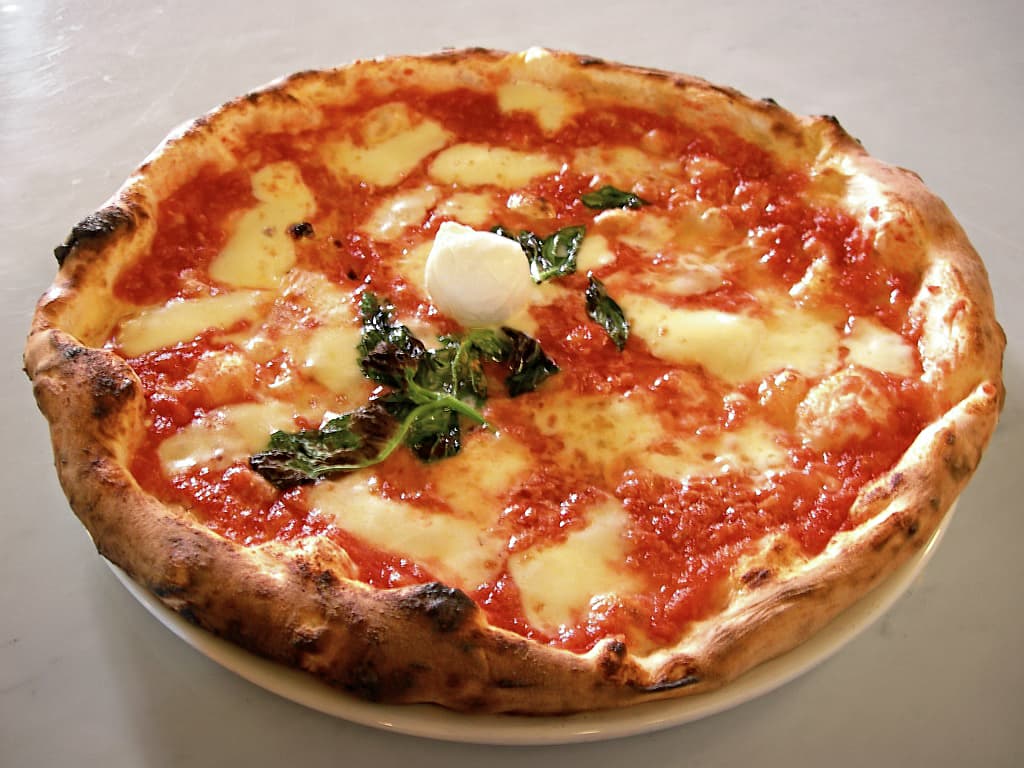 3.Italian cuisine
3.Italian cuisineThe one that we all know and love. Pizza, pasta, risotto, gnocchi, tortellini and many, many more. Also ice cream aka gelato. And limoncello. And wine. Italians love food and it shows.
- 2
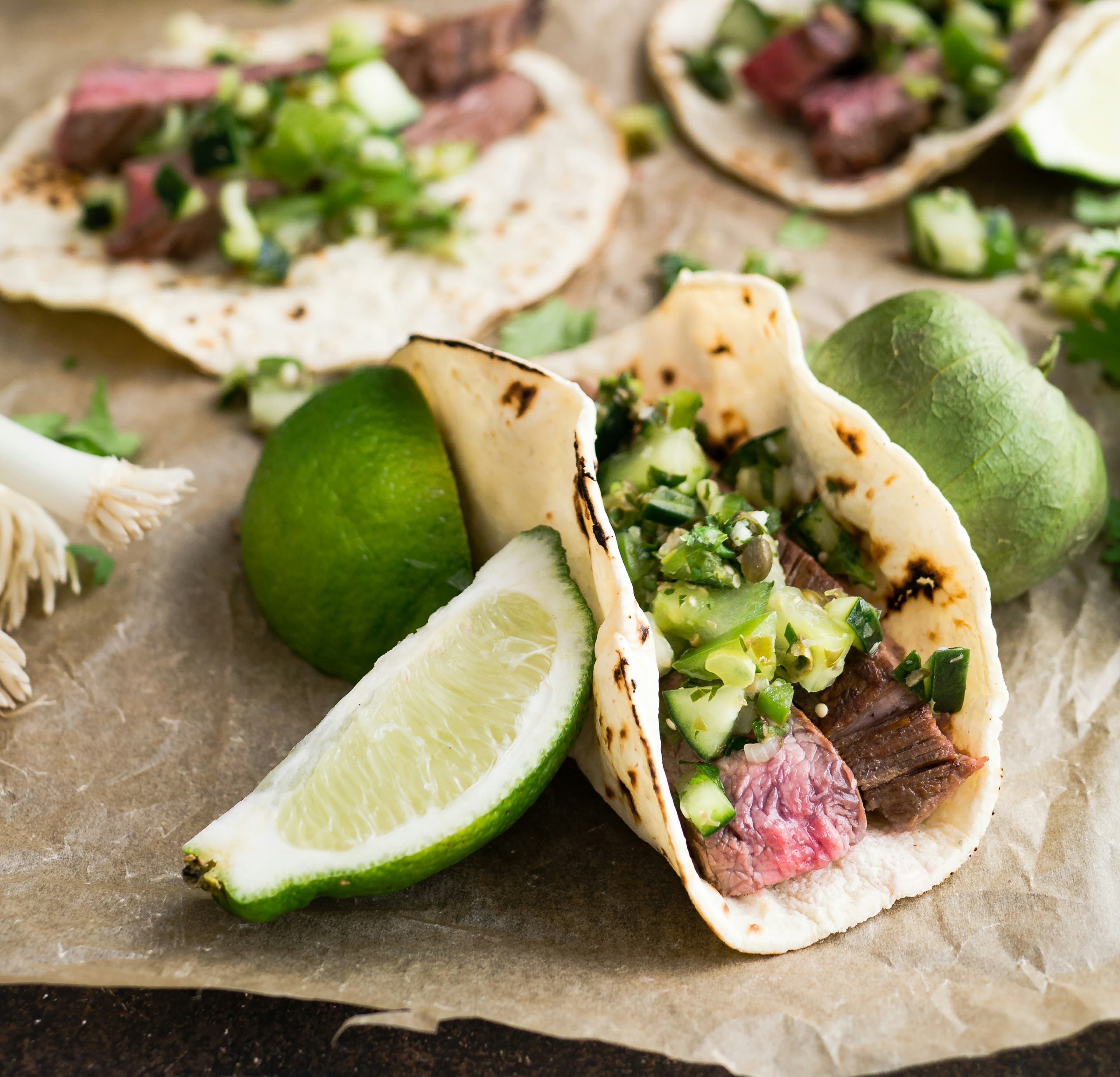 4.Mexican Cuisine
4.Mexican CuisineThe one that we all know and love! Tacos, nachos, burritos, guacamole, quesadilla, tamales - I could go on and on! Spicy, tasty and full of fresh ingredients.
- 1
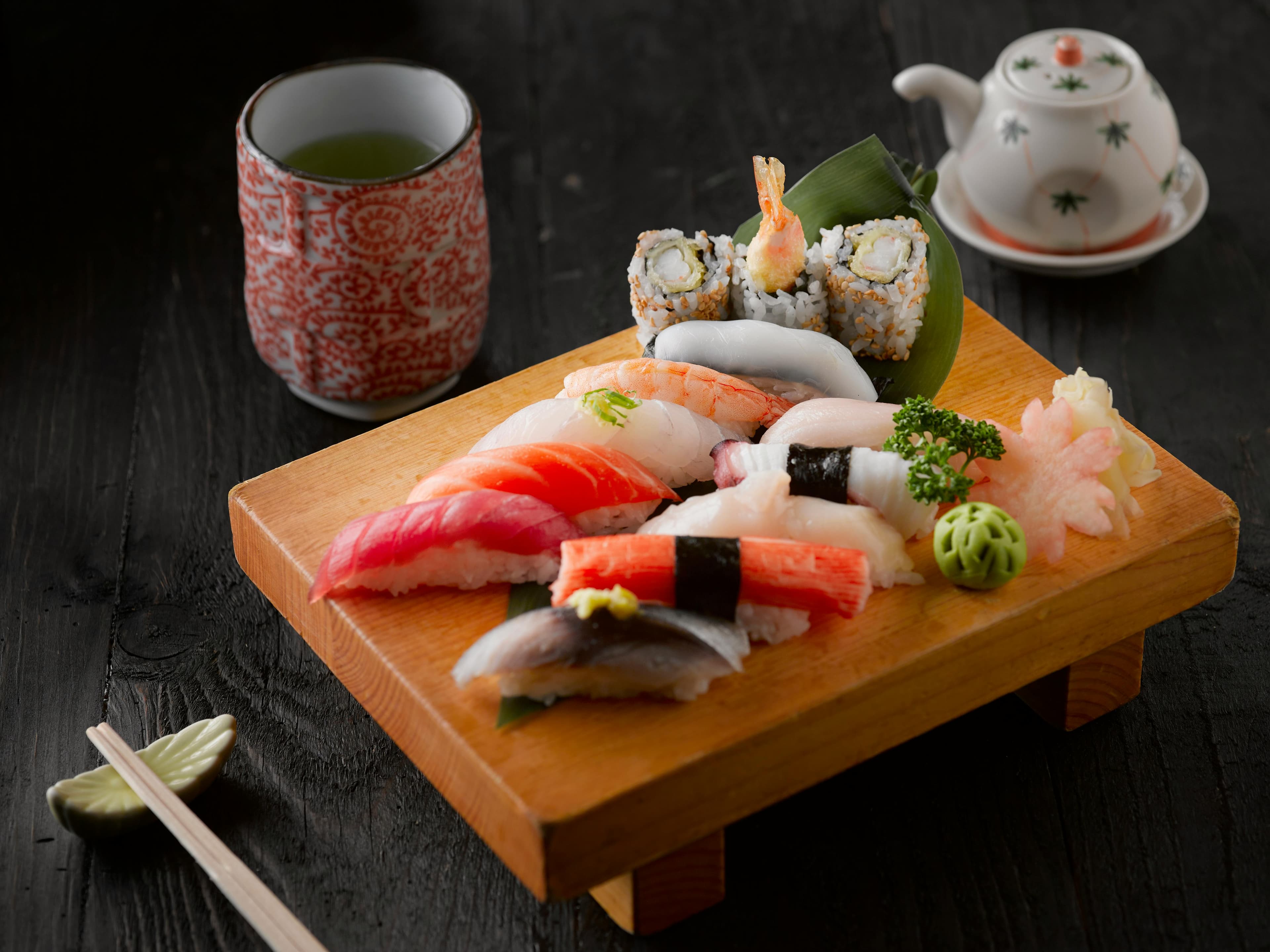 5.Japanese Cuisine
5.Japanese CuisineThe Japanese cuisine has given us so much it's hard to even find a place to start. You've got your sushi, ramen, udon, edamame, mochi balls, tempura, soba, bento boxes, sukiyaki, gyoza, onigiri, yakisoba, miso soup... They could be number one on this list based on the sushi alone!
- 1
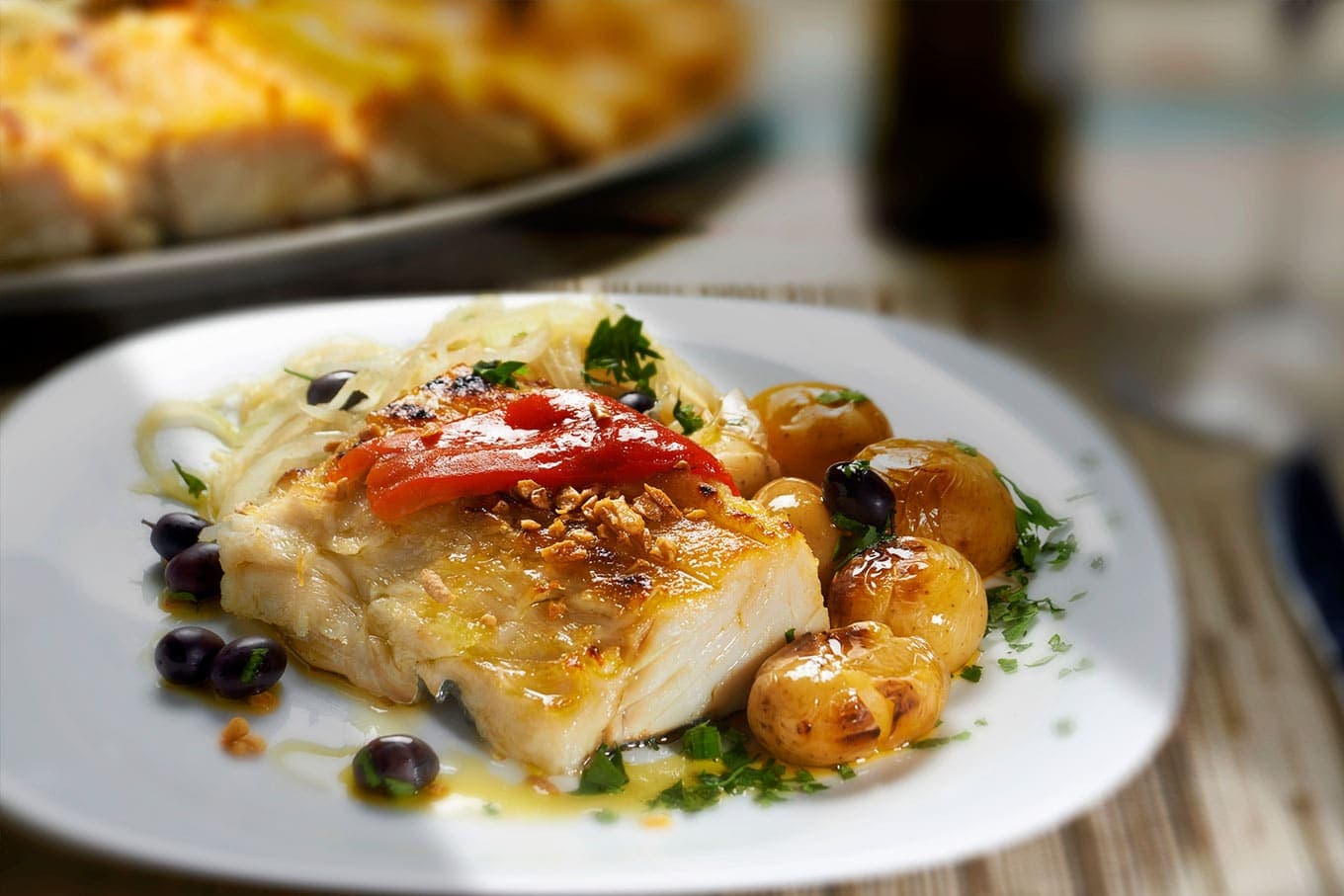 6.Portuguese Cuisine
6.Portuguese CuisinePortuguese cuisine stands as a prime contender for the title of the best food in the world, thanks to its rich culinary traditions, emphasis on fresh ingredients, and a harmonious blend of flavours that reflect its historical maritime prowess. Here's a compelling argument that underscores why Portuguese food deserves this accolade: Diversity Influenced by History and Geography Portuguese food is a palimpsest of the various cultures that have interacted with Portugal over centuries. From the Age of Discoveries when Portuguese explorers brought back spices from Africa and Asia, to the integration of New World crops such as tomatoes and potatoes, the cuisine reflects a synthesis of global flavours uniquely blended with traditional Iberian techniques. This historical melding of east and west, north and south, makes Portuguese cuisine not only diverse but uniquely rich and varied. Focus on High-Quality, Fresh Ingredients At the heart of Portuguese cuisine is the use of fresh, high-quality ingredients. The country's extensive coastline provides an abundance of fresh seafood, from sardines and bacalhau (dried and salted cod) to octopus and various shellfish, which are staples in the Portuguese diet. The emphasis on fresh, local produce and the traditional farming and fishing techniques enhance the natural flavours of the ingredients, allowing for dishes that are both simple and profoundly satisfying. Culinary Techniques that Enhance Flavour Portuguese cooking methods themselves are a testament to a culinary tradition that prioritises flavour. The use of 'cataplana' (a clam-shaped cooker) seals in the flavours and juices of the ingredients, while techniques such as grilling over charcoal infuse dishes with a smoky richness that is hard to replicate. The simplicity of seasoning, primarily using piri-piri (small fiery chillies), garlic, and olive oil, underscores the natural tastes of the ingredients rather than overpowering them.
- 3
 1.Burger King
1.Burger KingThe best fast food burger joint. Beats McDonald's in every single category. Their burgers are better, their nuggets are better, their fries are better.
- 2
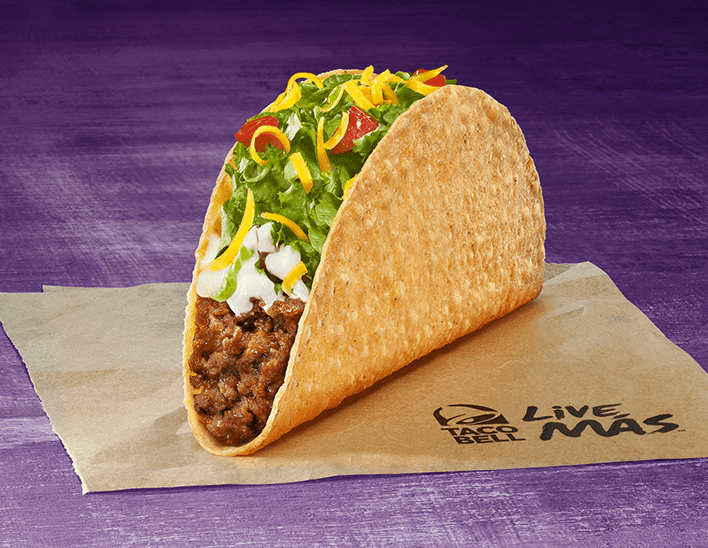 2.Taco Bell
2.Taco BellTaco Bell is a fast-food chain from the U.S. that serves Mexican-inspired food. You’ll find things like tacos, burritos, nachos, and quesadillas on the menu, plus some of their own creations like the Crunchwrap Supreme and Doritos Locos Tacos. They’re known for mixing up flavors with American-style ingredients, so don’t expect something like you’d find at an authentic Mexican place—it’s more of a quick, grab-and-go option with lots of cheese, sauces, and seasoned meats. The first Taco Bell opened in 1962 in California, started by Glen Bell. He got the idea after seeing how popular a local Mexican restaurant was. Since then, it’s grown huge, with thousands of locations not just in the U.S. but in many countries around the world. Most of the stores are run by independent owners, not directly by the company. The menu changes a lot. They’ll bring in limited-time items and have tried everything from breakfast offerings to vegan options. They also have a value menu with cheap eats if you’re on a budget. Some of their restaurants, called "Cantinas," serve alcohol and have a more modern vibe, especially in city areas. Taco Bell has done plenty of quirky promotions over the years, like offering free tacos if a base is stolen during the World Series or letting people get married at their flagship Las Vegas location. It’s the kind of place people either go to when they want something quick and filling or when they’re craving something salty and cheesy late at night.
- 1
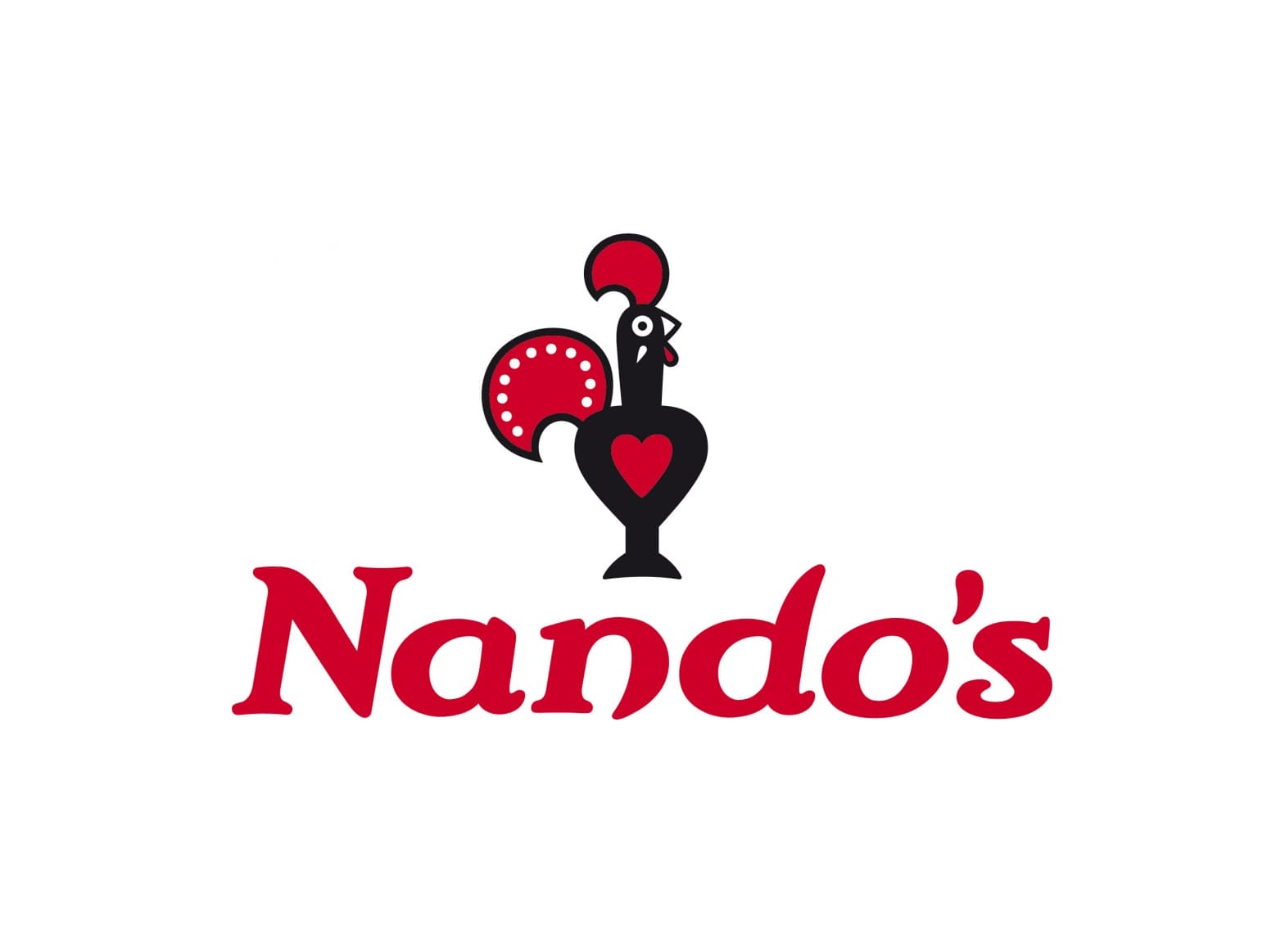 3.Nando's
3.Nando'sNando’s stands out as the best fast-food restaurant by successfully combining casual dining with high-quality, flavourful food that boasts a unique cultural heritage. Renowned for its flame-grilled piri-piri chicken, the restaurant’s roots in Southern African-Portuguese cuisine provide a distinctive spicy twist that sets it apart from typical fast-food offerings. Nando’s emphasises freshness and quality, marinating their chicken for 24 hours in their signature "peri-peri" sauce which customers can select based on their preferred spice level. This personalised spice choice, coupled with a vibrant and welcoming ambiance, makes Nando’s not just a place to eat, but a culinary experience. The brand's commitment to sustainability and ethical sourcing, including their use of higher welfare chickens and eco-friendly practices, resonates well with a globally-conscious clientele, further establishing its reputation as not only a food chain but a responsible corporate citizen.
- 2
 2.The Design Of Everyday Things
2.The Design Of Everyday ThingsEven the smartest among us can feel inept as we fail to figure out which light switch or oven burner to turn on, or whether to push, pull, or slide a door. The fault, argues this ingenious -- even liberating -- book, lies not in ourselves, but in product design that ignores the needs of users and the principles of cognitive psychology. The problems range from ambiguous and hidden controls to arbitrary relationships between controls and functions, coupled with a lack of feedback or other assistance and unreasonable demands on memorization. The Design of Everyday Things shows that good, usable design is possible. The rules are simple: make things visible, exploit natural relationships that couple function and control, and make intelligent use of constraints. The goal: guide the user effortlessly to the right action on the right control at the right time. The Design of Everyday Things is a powerful primer on how -- and why -- some products satisfy customers while others only frustrate them.
- 1
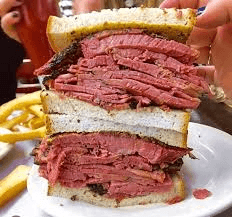 6.Have the classic pastrami sandwich at Katz's Delicatessen
6.Have the classic pastrami sandwich at Katz's DelicatessenKatz's Delicatessen, located on the Lower East Side of Manhattan, is a New York City icon famous for its classic pastrami sandwich. Established in 1888, Katz's has been serving up delicious deli fare for over a century, becoming a beloved spot for both locals and tourists. This legendary eatery gained pop culture fame from the film "When Harry Met Sally," where the unforgettable "I'll have what she's having" scene was filmed.
- 0
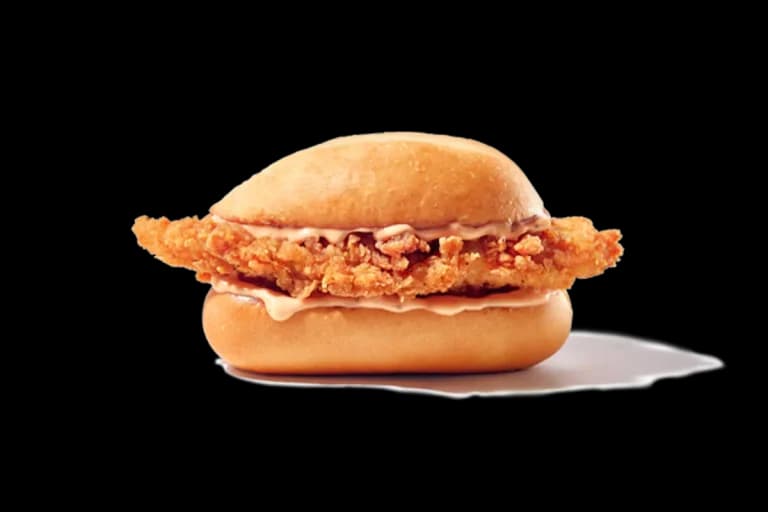 1.Wendy's Menu
1.Wendy's Menu🍔 Classic & Signature Burgers Dave’s Single: A quarter-pound fresh, never frozen beef patty with lettuce, tomato, pickles, ketchup, mayo, and American cheese on a toasted bun. Baconator: Two 1/4 lb. patties, six strips of crispy bacon, two slices of American cheese, ketchup, and mayo. Jr. Bacon Cheeseburger: A junior-sized burger with lettuce, tomato, three strips of bacon, American cheese, ketchup, and mayo. Biggie™ Bag: A value meal that includes a sandwich (like the Jr. Bacon Cheeseburger), four-piece chicken nuggets, fries, and a drink.
- 3
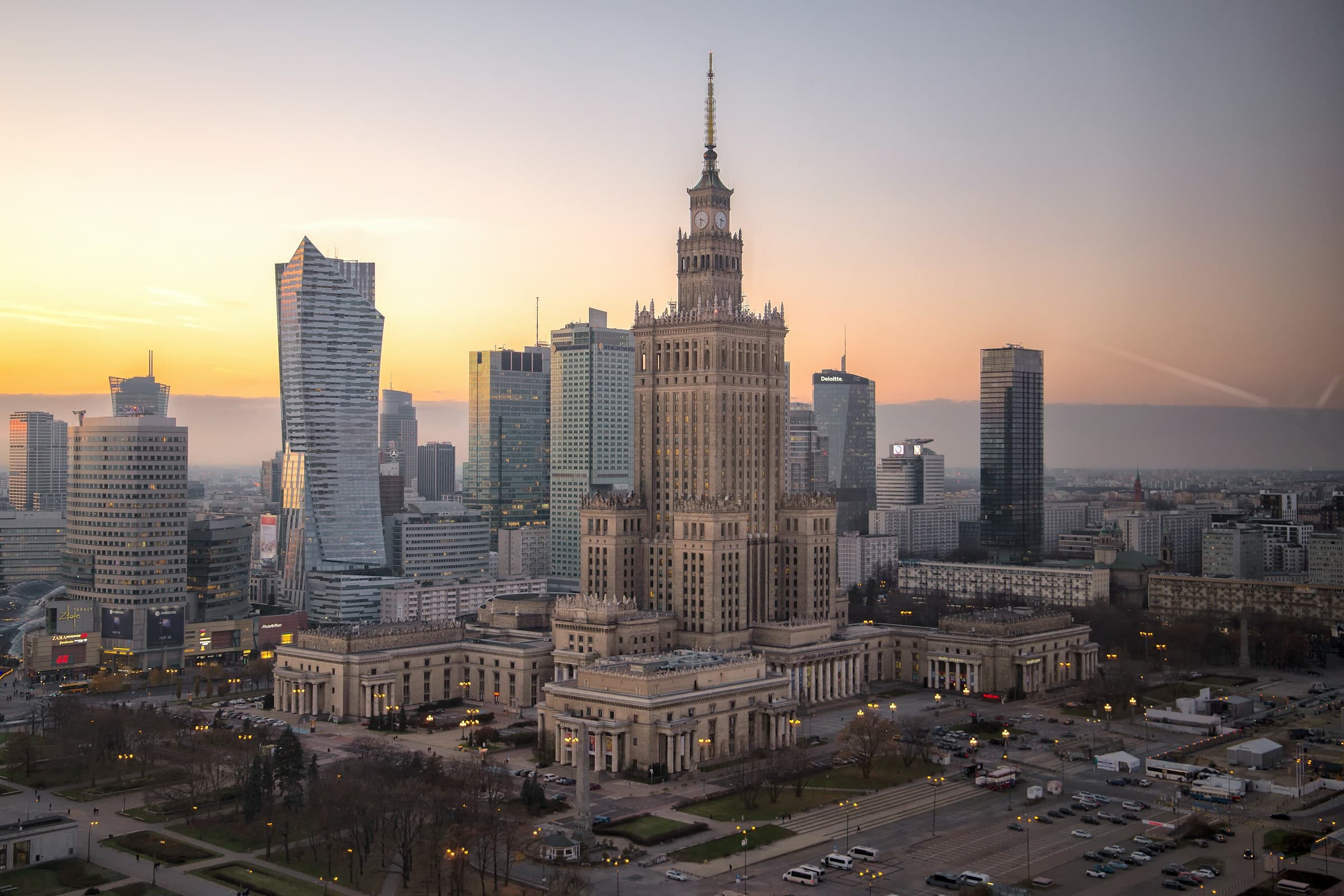 1.Warsaw, Poland
1.Warsaw, PolandWarsaw is the capital of Poland, sitting on the Vistula River in the east-central part of the country. With nearly 1.9 million people in the city and over 3 million in the wider metropolitan area, it’s Poland’s biggest city. It’s a place where old and new collide—modern skyscrapers stand next to rebuilt historic districts, and its skyline is a mix of glass towers and ornate churches. The Old Town, destroyed in World War II and painstakingly rebuilt, is now a UNESCO World Heritage Site. Walking through its cobblestone streets, you’ll find the Royal Castle and the colorful Market Square. Not far off is the Royal Route, a stretch of old palaces, churches, and the Presidential Palace, leading down to the grand Wilanów Palace and its gardens. Despite the scars of war—most of the city was flattened during WWII—Warsaw bounced back fast. The post-war communist era left a mark with grey apartment blocks and the towering Palace of Culture and Science, a gift from the Soviet Union that’s still one of the tallest buildings in Poland. Now, Warsaw’s business district is full of sleek glass skyscrapers, including the Varso Tower, the tallest in the EU. Green spaces are everywhere. Łazienki Park, home to peacocks and the Chopin monument, is a popular spot for Sunday strolls. The Vistula Riverbanks are packed with bars and cycling paths in summer. Even with its urban sprawl, about a quarter of the city is covered by parks and forests. Warsaw’s history is complicated. It was once a cultural melting pot, with a large Jewish community before the Holocaust. The city remembers that past with places like the POLIN Museum and the remnants of the Warsaw Ghetto. It also honors its wartime resistance, especially the 1944 Warsaw Uprising, with monuments and the powerful Uprising Museum. The city’s cultural life is rich. It hosts jazz festivals, classical concerts (especially anything Chopin-related), and has a buzzing nightlife. Food-wise, you’ll find everything from traditional Polish pierogi and hearty soups to modern vegan spots and Michelin-starred restaurants. There’s even a strong café culture, with old-school spots alongside trendy coffee bars. Weather in Warsaw is typical for Central Europe—cold, snowy winters and warm, sometimes stormy, summers. Spring and autumn can be mild and pleasant, though the weather can change quickly. In short, Warsaw is a city of contrasts. It’s got a tragic past but a vibrant present, blending historic charm with modern energy. Whether you’re wandering through its parks, exploring museums, or sipping coffee along the river, there’s plenty to take in.
- 2
 2.Poland
2.PolandPoland sits in Central Europe, stretching from the Baltic Sea in the north to mountains in the south. It shares borders with Germany to the west, Lithuania and Russia to the northeast, and several other countries along the east and south. Its landscape is a mix—flat plains in the center and north, and hilly or mountainous areas in the south. The coastline along the Baltic Sea is known for sandy beaches and coastal ridges. Inland, there are thousands of lakes, especially in the northeast, and big rivers like the Vistula and Oder cut across the land. The weather is temperate. Summers are warm, winters moderately cold. Rain tends to fall more during the summer months, and winters are becoming drier over time. Poland has deep roots in European history. It became a kingdom in 1025, later forming a powerful union with Lithuania. The Polish–Lithuanian Commonwealth was once one of Europe’s biggest states, with a unique political system. Poland's fortunes shifted in the late 18th century, when its neighbors carved it up, erasing it from maps for over a century. It re-emerged after World War I, only to be invaded at the start of World War II—a conflict that brought devastation and the horrors of the Holocaust. After the war, Poland fell under Soviet influence, but by 1989, it was the first Eastern Bloc country to shake off communism, thanks largely to the Solidarity movement. Today, Poland is a democratic country with a population of over 38 million. Warsaw, the capital, is the largest city. Others like Kraków, Gdańsk, and Wrocław are known for historic centers and vibrant culture. The economy is strong, with Poland being one of the larger economies in the European Union. Nature lovers come for places like the Tatra Mountains or the ancient Białowieża Forest, home to Europe’s largest land mammal—the European bison. There are 23 national parks, and over 17 sites are recognized as UNESCO World Heritage locations, from medieval town squares to the haunting Auschwitz-Birkenau memorial. Culturally, Poland has a rich tradition of music, literature, and art. Composer Frédéric Chopin and novelist Joseph Conrad both came from here. More recently, Poland’s fantasy literature, like Andrzej Sapkowski’s The Witcher series, has found global fame. Polish cuisine is hearty, with dishes like pierogi (dumplings), bigos (a cabbage and meat stew), and żurek (sour rye soup). Vodka has its roots here, but beer and wine are also popular. Sports are big in Poland—football (soccer) is a national passion, though volleyball and speedway racing attract large crowds too. The country also boasts top tennis players like Iga Świątek and mountaineers who’ve climbed the world’s highest peaks. Despite its complicated past, Poland today balances its historical heritage with modern growth. Old town squares sit beside new buildings, and traditions are kept alive alongside a fast-developing economy and infrastructure.


